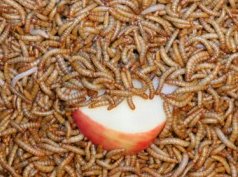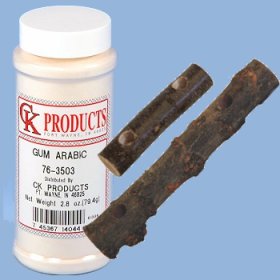By Tracy Williams
The lemur species that I care for are Ring-tailed lemurs (Lemur catta), Black lemurs (Eulemur macaco macaco), and Black-and-white ruffed lemurs (Varecia variegata variegata). We have discovered hemosiderosis in all of them, some much more affected than others. (Ringtailed lemurs don’t seem to have as much of a problem with this disease as other lemur species.)
I am not a veterinarian, but I will try to explain the disease to you as our zoo vets did to me. Most captive lemur diets contain alot more iron than what a wild lemur would consume in it’s natural habitat. The iron leaves their blood circulation and is stored in their organs (particularly the liver), where it stays permanently. Here it can cause severe tissue damage, over time. There is no way to get rid of the iron that is “stored” in their tissues once it is there.
Wild lemurs’ diets contain alot of tannin. Tannin helps their bodies prevent the iron storage. On the other hand, vitamin C promotes the iron storage. (more…)

